Home - What is Sea Glass
What is Sea Glass and/or Beach Glass?
When you are first starting to collect beach glass or sea glass, you might have questions about what you've found.
Even those with more experience might have trouble telling if a certain object is beach glass or not.
We'll answer these main questions - What is Sea Glass? What is the difference between Beach Glass and Sea Glass? Does any piece of glass found on a beach qualify as beach glass or sea glass?
First let's look at what gives beach glass its characteristic etched and glowing appearance.

Sea glass, also known as beach glass, is glass that has been discarded and subsequently weathered by the actions of waves, sand, and sunlight along a shoreline. It's a form of marine debris that undergoes a natural process of abrasion and erosion, resulting in smooth, frosted surfaces and rounded edges. This process typically takes several years to decades depending on factors such as the type of glass, the frequency of wave action, and the composition of the sand.
There are four main criteria used to identify sea glass:
- Origin: Sea glass originates from discarded glass items that find their way into the ocean, most often from folks dumping their trash near the shore or into gullies that empty onto the beach. Far less often, but possible, would be from shipwrecks.
- Physical Weathering: Wave action on sandy or rocky shores continuously tumbles and agitates the glass, gradually wearing down its edges and surface, giving it a smooth, polished appearance.
- Chemical Weathering: Sunlight reacts with elements within the glass, causing it to undergo chemical changes over time. This can lead to an etched surface and sometimes a change in color, as certain compounds within the glass are altered or leached out.
- Water Chemistry: The chemical composition of the water also plays a role in the weathering process. Dissolved substances in the water can interact with the glass, contributing to tiny pitting or etching on its surface.
These four characteristics combined define sea glass and distinguish it from regular glass.
What is the difference between "beach glass" and "sea glass"?
"Beach glass" is a broader term that encompasses glass found on both freshwater and saltwater beaches, while "sea glass" specifically refers to glass found on saltwater beaches. The distinction lies in the type of body of water where the glass is typically found. Beach glass can be found along the shores of lakes, rivers, and oceans, while sea glass specifically refers to glass that has been weathered by the actions of waves and saltwater.
For simplicity's sake and because of its common use, on this site we will sometimes use the term "sea glass" to refer to both fresh and saltwater beach glass.
Note:
- The differences between freshwater beach glass and saltwater (sea) glass are so slight that in many cases no real differences are noticeable.
- Very large lakes can produce excellent beach glass; for example the Great Lakes in the USA/Canada, Lake Victoria in Africa and Lake Baikal in Russia. However, most freshwater lakes lack enough wave action to tumble the glass. That and the fact that there are so many more miles of saltwater beaches in the world means that most of the beach glass that you will see is from ocean beaches. For that reason, the term "sea glass" is more commonly used than the generic "beach glass".
- Usually, if a piece of beach glass has been found on a lake, that fact will be mentioned.
SEA GLASS TOOLS
For drilling and working with sea glass.
How can you tell if what you have found is beach glass (sea glass) or just a pebble?
Telling the difference between beach glass (sea glass) and a regular pebble can sometimes be tricky, especially if the glass has gone through a lot of weathering and appears similar to a naturally smoothed stone. Here are some characteristics to help differentiate between the two:
- Translucency: Hold the object up to the light. Beach glass often retains some degree of translucency or opacity, especially thinner pieces, while pebbles are generally opaque.
- Edges: Examine the edges of the object. Beach glass usually has smoother, rounded edges due to the tumbling action of waves, while pebbles may have more irregular edges.
- Color: Consider the color. Beach glass generally will be one even color throughout, although there are some exceptions.* While some pebbles may have natural variations in color, beach glass often displays hues that are not commonly found in natural stones, such as shades of green, blue, or brown that result from the original glass color combined with weathering effects.
- Uniformity: Beach glass can sometimes exhibit uniform shapes or patterns that are less commonly found in natural pebbles, although this can vary depending on the specific piece.
If you're still unsure, try the following:

- Hold it in front of a bright light
- If it's sea glass, you will see light coming through evenly with little or no lines, spots, cracks, or layers*
- Wet the object thoroughly. There will be a big difference in color, and you will be able to see more light through the glass evenly (if it is very dark, of course, you might not see through it; however, it will be noticeably clear).
*There are exceptions to the above characteristics of beach glass; for example, fire melt (bonfire glass) and semi-opaque glass such as milk glass, jadite, insulators, some marbles, ceramics and other semi-transparent glass are not clear.
Have you heard that the best way to learn to identify counterfeit money is by getting very familiar with the way real money looks?
The same is true of sea glass or beach glass.
Familiarity with the genuine article is often the most effective way to identify counterfeits or imitations. Similarly, becoming acquainted with authentic sea glass or beach glass by observing and handling real specimens can greatly enhance your ability to recognize it in the wild.
Examining a variety of sea glass pieces allows you to become familiar with the range of colors, textures, shapes, and sizes that are characteristic of genuine sea glass. Over time, this exposure helps develop a trained eye for distinguishing between sea glass and other objects like pebbles, glass shards, or natural stones.
Additionally, spending time at beaches known for sea glass hunting can provide valuable hands-on experience and opportunities to practice identifying sea glass in its natural environment. As you accumulate more exposure and encounters with sea glass, you'll likely find it easier to spot and appreciate these beautiful, weathered treasures along the shorelines.
One of the best ways to answer the question, "What is sea glass" is to see the real thing.
The more you see, the easier it will be to recognize.
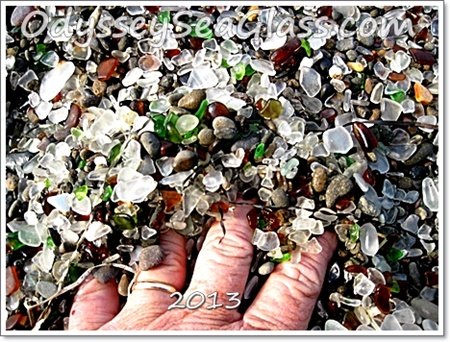

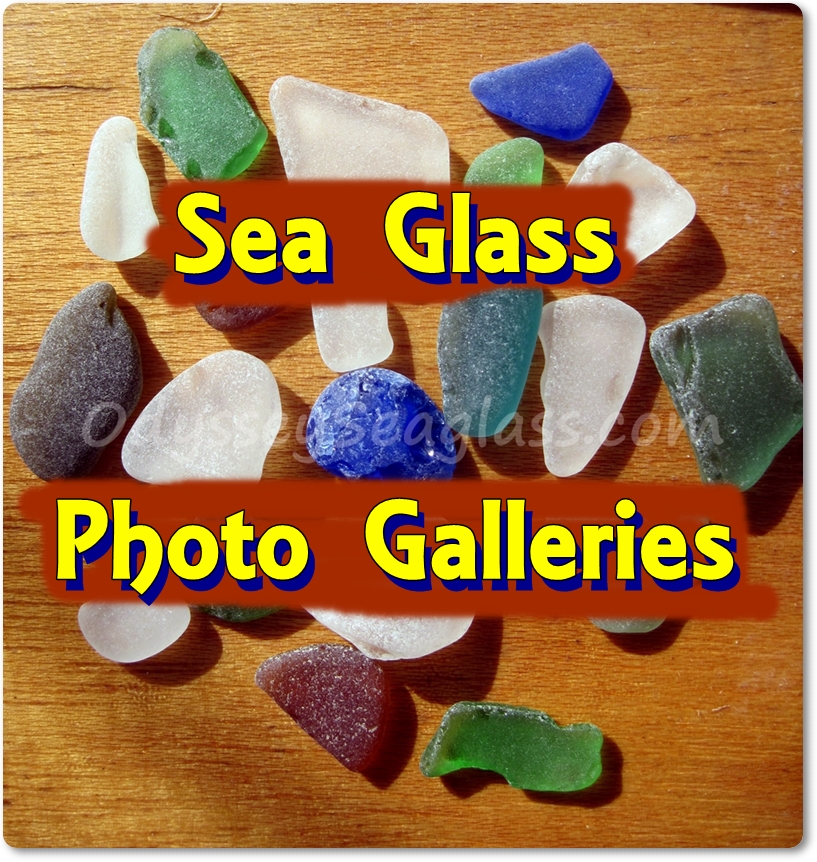
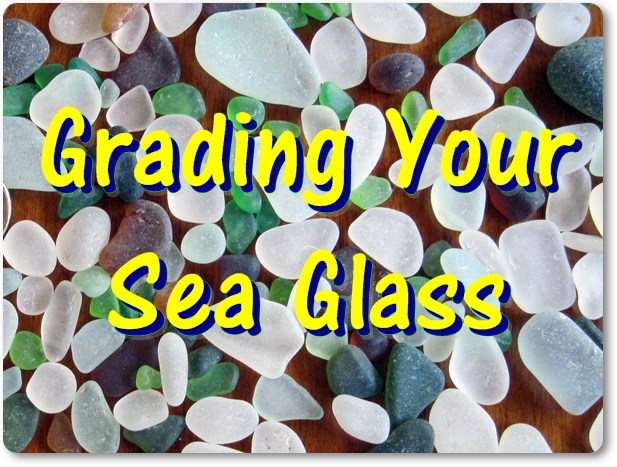
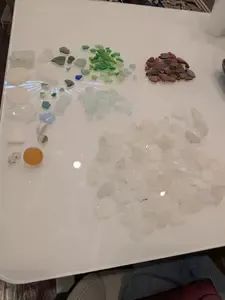
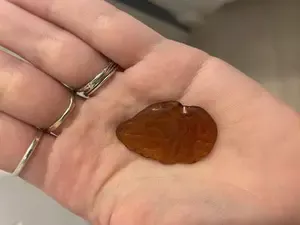


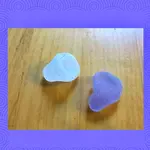
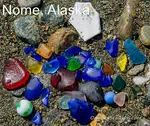

Comments!
We love receiving your comments, but please read the notes below before posting. Thank you!NOTES:
All comments are moderated. If you leave the page you won't see your comment until it is approved.
Select the "Post to Facebook" check box to be notified on FB when a reply has been posted.
If you scan the previous comments you may find an answer to your question. Click the "View X more" link at the bottom (if visible) to see all comments.
Photos - If you would like to include a photo, please use our Photo Forums.
Questions - If you have a question, it may already be answered. Please tap or click here to search of our site first.